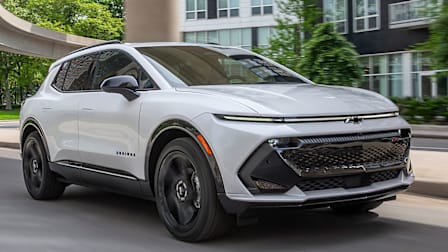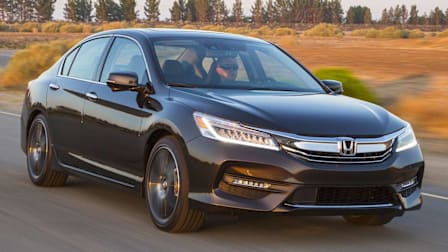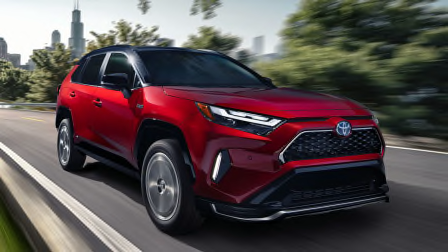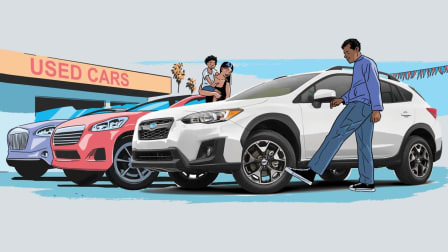Preview: Volvo ES90 Is a High-Tech, All-Electric Luxury Sedan
It's a sedan! It's a hatchback! It's an SUV! No, it's the new Volvo ES90 EV.
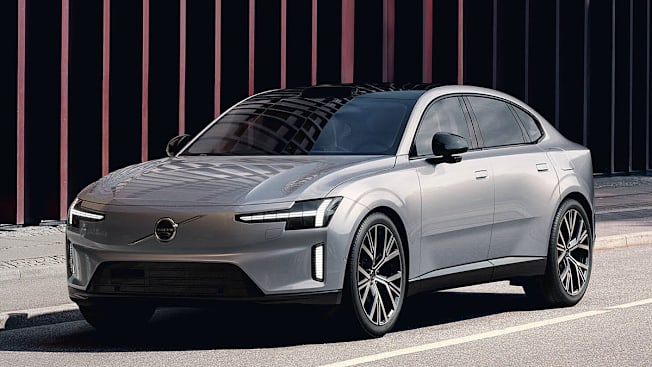
Volvo’s new flagship car is the ES90, an electric vehicle with sedan looks, an SUV-like ride height, and a hatchback cargo opening. It promises quick charging, a competitive driving range, and class-leading active safety features.
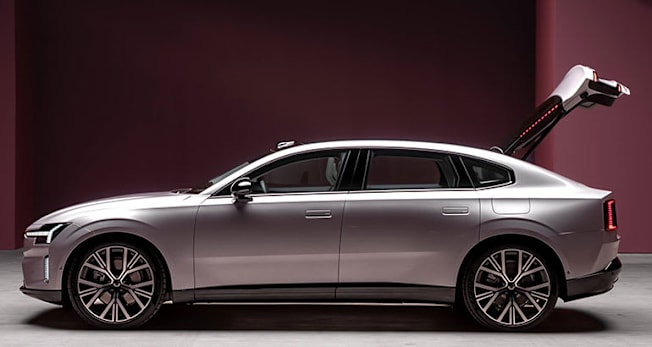
Photo: Volvo Photo: Volvo
What it competes with: Audi A6 E-Tron, BMW i5, Genesis Electrified G80, Lucid Air, Mercedes-Benz EQE, Tesla Model S
Powertrains: 333-hp single electric motor and rear-wheel drive or a 449-hp or 680-hp dual electric motor and all-wheel drive
Starting price: $75,000 (estimated)
On sale: 2026
Final assembly point: Taizhou, China
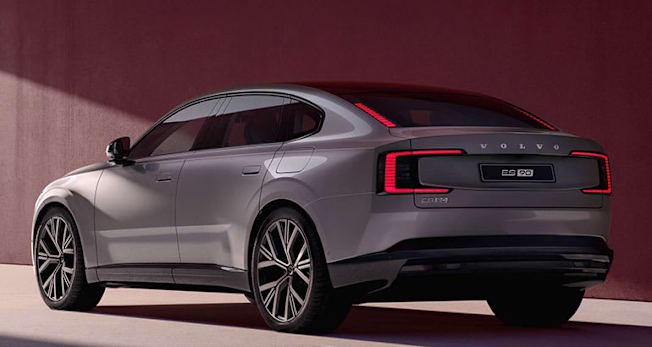
Photo: Volvo Photo: Volvo
CR's Take
With high-tech hardware, a fast-charging battery, and an SUV-like ride height and practicality, the Volvo ES90 appears to be an impressive electric luxury car. We especially appreciate its thoughtful safety features, including an interior radar that can sense a child left behind in a car. But it could still be a tough sell despite those merits. Sedan sales have been decreasing for years, and sales of EVs and imported luxury vehicles will largely depend on ever-changing trade and tax policies. Similar uncertainty led Volkswagen to decide that it won’t bring the ID.7 EV sedan to the U.S.
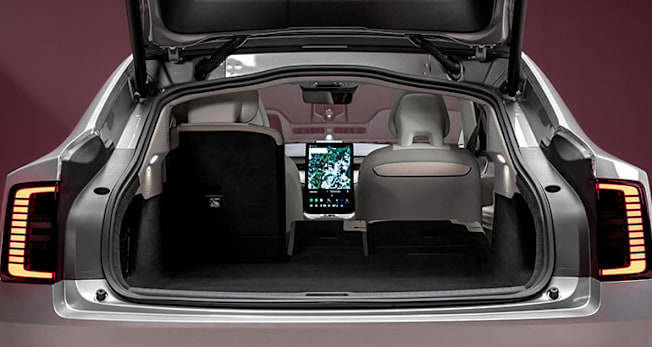
Photo: Volvo Photo: Volvo
Outside
Broadly speaking, the ES90 has design elements reminiscent of both Polestar vehicles and the existing Volvo S90 sedan. It has a snubbed nose and tail like the Polestar, but the T-shaped “Thor’s hammer” headlights are pure Volvo. It sits high off the ground like a Toyota Crown. On the roof near the windshield, there’s a bump for sensors—including one lidar, five radars, seven cameras, and 12 ultrasonic sensors—that will be used for various active safety and driver assistance features (detailed below).
The rear of the ES90 is perhaps its most interesting part. Although it looks like a sedan, the trunk opens like a hatchback for easy cargo access, like the Polestar 2. As with the EX90 SUV, LED lighting extends up through the back window as part of a customizable “lighting signature” that’s becoming popular on modern EVs. There’s a tiny amount—less than a cubic foot—of extra storage in a front trunk, or “frunk.”
The whole package is about the same length as a BMW i5, Mercedes-Benz EQE, or Tesla Model S.
Inside
The ES90 has a spacious and airy interior, with significant rear legroom and a UV-blocking panoramic sunroof that stretches across nearly the entire top of the vehicle.
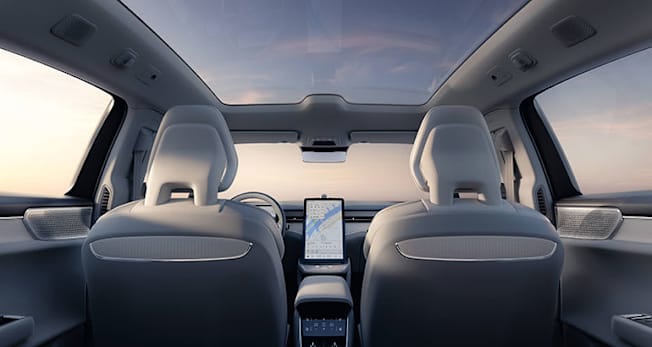
Photo: Volvo Photo: Volvo
Like all newer Volvos, the ES90’s interior is minimalist, dominated by a vertically oriented infotainment screen. It’s a similar setup to the EX90 SUV, although the sedan appears to have different physical controls for volume and audio beneath the touchscreen. Climate controls are on the touchscreen, and there’s a traditional column gear-selector lever behind the steering wheel. The infotainment system is powered by Google.
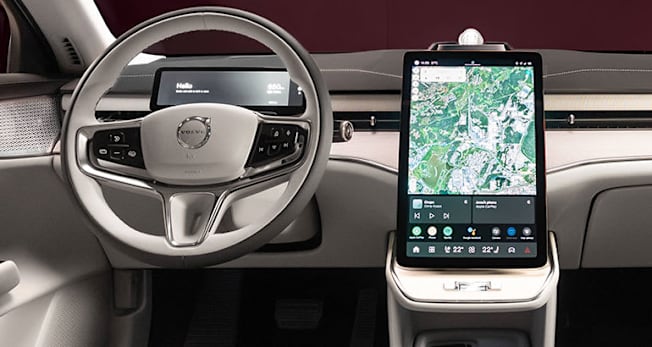
Photo: Volvo Photo: Volvo
What Drives It
The ES90 is the first Volvo built on an 800-volt architecture, technology that promises faster charging and lighter-weight EVs. The Audi Q6 E-Tron, Hyundai Ioniq 5 and Ioniq 6, Kia EV6 and EV9, and Porsche Taycan are all designed around 800-volt architecture.
Three powertrains are available: a single 333-horsepower motor sending power to the rear wheels, a dual-motor 449-hp all-wheel-drive powertrain, and a higher-performance 680-hp dual-motor all-wheel-drive version that’s good for a sprint from 0 to 60 mph in 3.9 seconds. The single-motor versions get a 92-kilowatt-hour battery, while the dual-motor versions get a 106-kWh battery. No matter which flavor you choose, Volvo says the ES90 can charge from 10 percent to 80 percent in just 20 minutes at a 350-kW DC fast charger.
Volvo claims that cars with the smaller battery will have a range of about 400 miles, while those with the larger battery will get 434 miles per charge. But these range estimates are based on an optimistic test cycle that’s used in Europe, so expect Environmental Protection Agency ratings for the U.S. to be in the mid-300s. That’s still very competitive.
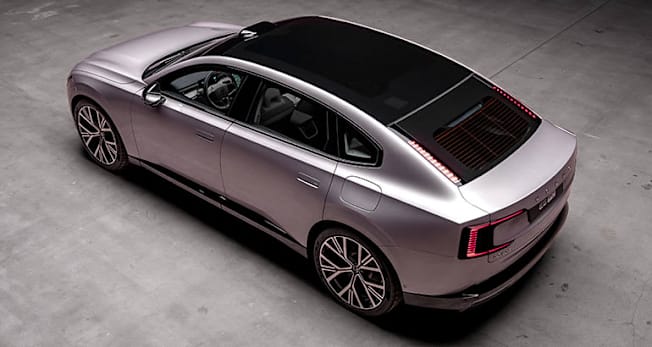
Photo: Volvo Photo: Volvo
Safety and Driver Assistance Systems
In addition to all of the common active safety and driver assistance technology, including automatic emergency braking, adaptive cruise control, and lane centering assistance, the ES90 gets the same “driver understanding system” as the EX90. It’s a driver monitoring setup that tracks the driver’s eyes. If it senses that the driver may be distracted, drowsy, or otherwise nonresponsive, Volvo says the vehicle will issue warnings and, if necessary, safely stop the vehicle and call for help.
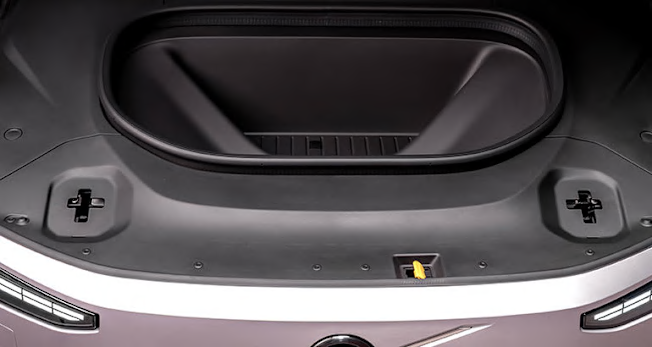
Photo: Volvo Photo: Volvo
An interior radar system can sound an alert if kids or pets are mistakenly left in the vehicle while parked, and sensors can alert occupants if they’re about to open a door into the path of an oncoming vehicle or cyclist approaching from behind while parked on a city street.
So far, Volvo hasn’t said anything about driving automation. But the EX90 comes with an upgraded version of Volvo’s Pilot Assist active driving assistance system, which we expect will also be available on the sedan. The ES90’s safety and driver assistance systems are powered by dual Nvidia Drive AGX Orin CPUs, which give it more computing power than prior Volvo models and allow for better performance.

















